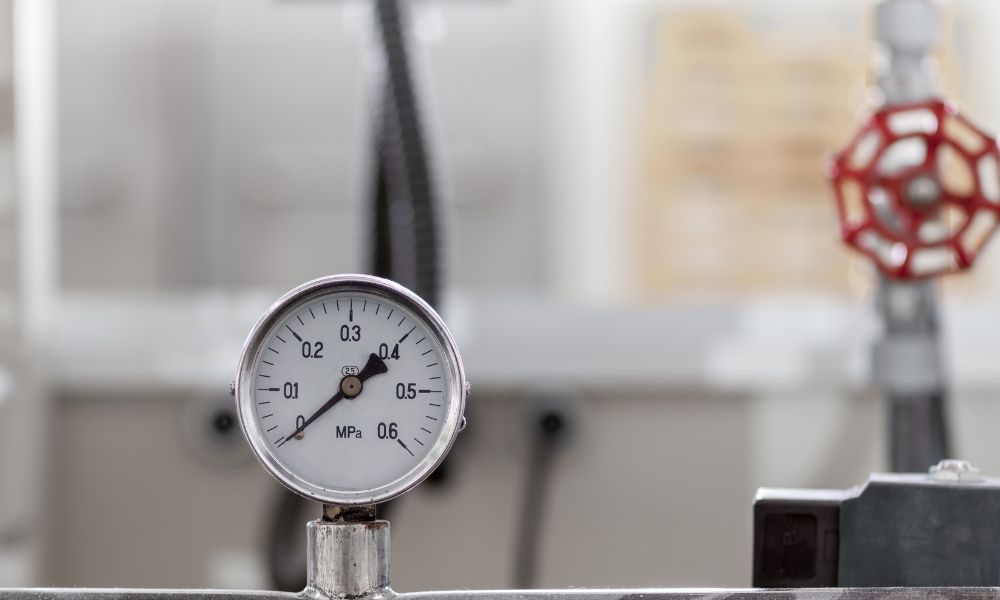Initial appearances might tell you that your house is in fine condition, but you should still proactively examine its systems and structure periodically. This will help you to resolve problems before they have a chance to grow into a serious nuisance or health hazard. Use this homeowner’s maintenance checklist as a guide on what to inspect.
Carbon Monoxide Detector
Carbon monoxide poisoning is a real danger in your home, as carbon monoxide gas can come from all sorts of places. Heaters, ovens, gas-stoves, fireplaces, and even clothes dryers can all release it into your home without you noticing. When this occurs, you may feel nauseous and fatigued. A high enough concentration can also lead to death. It’s thus imperative that you ensure your detector is functional. You can press a test button to see if the alarm is still working. You should also test its sensor by exposing it to carbon monoxide via a burning candle or spraying an aerosol product in its vicinity. Have another person with you who is ready to put out any potential fire when you do this.
HVAC System
Blowing air through your home for either heating or cooling purposes means that your HVAC system can collect floating particles over time. If you don’t take care of the HVAC ducts, they may lose efficiency and cause you to spend more money on the utility bill. Dirty air ducts can also negatively affect your health by spreading dust and allergens around your home. Call a professional service to clean the vents, change out the filters, and cleanse the interior parts of the ducts that you cannot see or reach.
Basement
If your house has a basement, you should also scrutinize it for signs of deterioration or leaking. Look for caving walls and cracks; these could indicate that your basement and foundation have shifted due to soil movements. In addition, knowing how water gets inside your basement can aid you in locating leaks that are compromising the state of the space. Water may seep in from above, below, or from the sides of the basement. It may wear away at your home’s siding or squeeze through cracks that form. Having a specialized company come in to look at the cracks and other oddities in and around your basement can help you to stave off a buildup of mold-stimulating moisture while also keeping your home stable. They’ll diagnose any problems you have and apply the necessary fixes.






